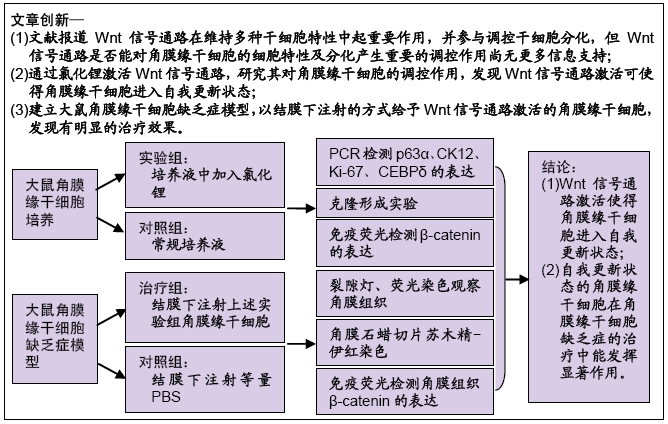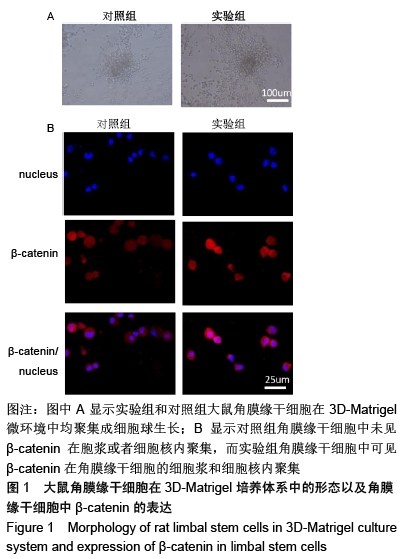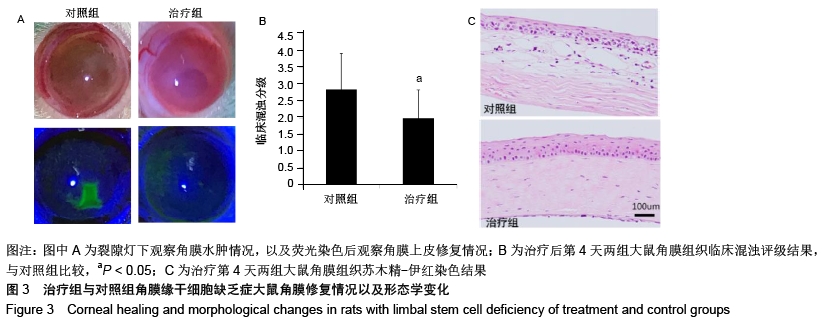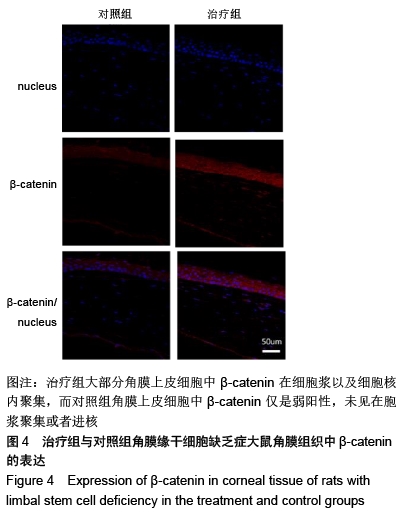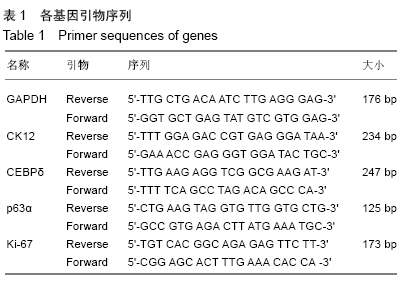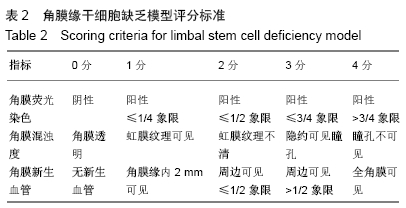[1] BREHM JL, LUDWIG TE. Culture, Adaptation, and Expansion of Pluripotent Stem Cells. Methods Mol Biol. 2017;1590:139-150.
[2] LI L, CLEVERS H. Coexistence of quiescent and active adult stem cells in mammals. Science. 2010;327(5965):542-545.
[3] SUN TT, TSENG SC, LAVKER RM. Location of corneal epithelial stem cells. Nature. 2010;463(7284):E10-11.
[4] SAGHIZADEH M, KRAMEROV AA, SVENDSEN CN, et al. Concise Review: Stem Cells for Corneal Wound Healing. Stem Cells. 2017; 35(10):2105-2114.
[5] ROSSEN J, AMRAM A, MILANI B, et al. Contact Lens-induced Limbal Stem Cell Deficiency. Ocul Surf. 2016;14(4):419-434.
[6] ESPANA EM, GRUETERICH M, ROMANO AC, et al. Idiopathic limbal stem cell deficiency. Ophthalmology. 2002;109(11):2004-2010.
[7] SEHIC A, UTHEIM ØA, OMMUNDSEN K, et al. Pre-Clinical Cell-Based Therapy for Limbal Stem Cell Deficiency. J Funct Biomater. 2015;6(3):863-888.
[8] LI G, ZHANG Y, CAI S, et al. Human limbal niche cells are a powerful regenerative source for the prevention of limbal stem cell deficiency in a rabbit model. Sci Rep. 2018;8(1):6566.
[9] SATAKE Y, HIGA K, TSUBOTA K, et al. Long-term outcome of cultivated oral mucosal epithelial sheet transplantation in treatment of total limbal stem cell deficiency. Ophthalmology. 2011;118(8):1524-1530.
[10] 王舒,张红.干细胞治疗角膜损伤的研究进展[J].眼科新进展, 2018,38(12): 1191-1195.
[11] RAO TP, KÜHL M. An updated overview on Wnt signaling pathways: a prelude for more. Circ Res. 2010;106(12):1798-1806.
[12] 毛杰,周翊飞,吴晓玲,等.雌激素介导下Wnt/β-catenin 信号通路调控人牙周膜干细胞的成骨分化[J].中国组织工程研究, 2018,22(13):2087-2092.
[13] 李巍,户小伟,冼呈,等.骨髓间充质干细胞移植联合氯化锂治疗兔股骨头缺血坏死疗效[J].中国组织工程研究, 2016,20(6):868-875.
[14] 杨威,顾国贞,宋鄂,等.羊膜为载体的人角膜缘上皮细胞移植治疗大鼠角膜碱烧伤的研究[J].中华眼科杂志,2007,43(2):134-141.
[15] MORRISON SJ, KIMBLE J. Asymmetric and symmetric stem-cell divisions in development and cancer. Nature. 2006;441(7097): 1068-1074.
[16] WANG YZ, PLANE JM, JIANG P, et al. Concise review: Quiescent and active states of endogenous adult neural stem cells: identification and characterization. Stem Cells. 2011;29(6):907-912.
[17] 刘祖国,王国良,李程.努力开创角膜缘干细胞临床研究新局面[J].中华实验眼科杂志,2018,36(11):822-825.
[18] LI GG, ZHU YT, XIE HT, et al. Mesenchymal stem cells derived from human limbal niche cells. Invest Ophthalmol Vis Sci. 2012;53(9): 5686-5697.
[19] LI S, LU X, HE H, et al. A novel culture system robustly maintained pluripotency of embryonic stem cells and accelerated somatic reprogramming by activating Wnt signaling. Am J Transl Res. 2017; 9(10):4534-4544.
[20] SPENCER GJ, UTTING JC, ETHERIDGE SL, et al. Wnt signalling in osteoblasts regulates expression of the receptor activator of NFkappaB ligand and inhibits osteoclastogenesis in vitro. J Cell Sci. 2006;119(Pt 7):1283-1296.
[21] PELLEGRINI G, DELLAMBRA E, GOLISANO O, et al. p63 identifies keratinocyte stem cells. Proc Natl Acad Sci U S A. 2001;98(6): 3156-3161.
[22] LIU CY, ZHU G, CONVERSE R, et al. Characterization and chromosomal localization of the cornea-specific murine keratin gene Krt1.12.J Biol Chem. 1994;269(40):24627-24636.
[23] BARBARO V, TESTA A, DI IORIO E, et al. C/EBPdelta regulates cell cycle and self-renewal of human limbal stem cells. J Cell Biol. 2007; 177(6):1037-1049.
[24] WINKING H, GERDES J, TRAUT W. Expression of the proliferation marker Ki-67 during early mouse development. Cytogenet Genome Res. 2004;105(2-4):251-256.
[25] ARIKAN S, KARACA T, ERTEKIN YH, et al. Effect of Topically Applied Azithromycin on Corneal Epithelial and Endothelial Apoptosis in a Rat Model of Corneal Alkali Burn. Cornea. 2016;35(4):543-549.
[26] BAI JQ, QIN HF, ZHAO SH. Research on mouse model of grade II corneal alkali burn. Int J Ophthalmol. 2016;9(4):487-490.
[27] 林治平,曾荣,林颢.基因芯片技术分析骨髓间充质干细胞神经分化中Wnt信号通路的激活[J].中国组织工程研究, 2016,20(10):1389-1395.
[28] BRAFMAN D, WILLERT K. Wnt/β-catenin signaling during early vertebrate neural development. Dev Neurobiol. 2017;77(11): 1239-1259.
|
